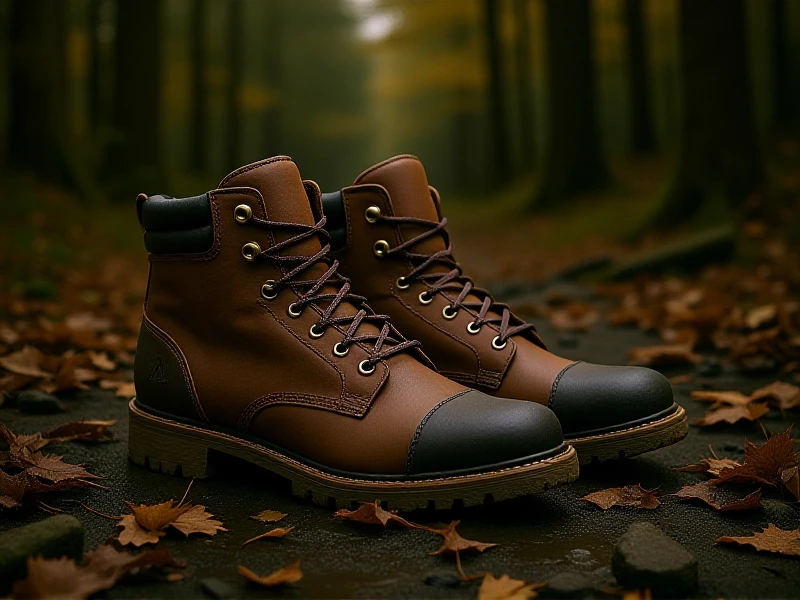
The Ultimate Guide to Choosing the Best Work Boots for Safety and Comfort
Here is a SEO-optimized English article focusing on "Work Boots":
Finding the right work boots isn't just about foot protection; it's about ensuring safety, preventing fatigue, and enhancing productivity for demanding jobs. Whether you're on a construction site, navigating warehouse floors, tending landscapes, or working in heavy industry, your feet are your foundation. This guide highlights key factors to consider when selecting the perfect pair of work boots for your needs.
Safety: The Non-Negotiable Priority
The primary function of work boots is protection. Prioritize features mandated for your specific job:
- Safety Toe: Essential for heavy environments. Steel toes offer classic protection, while lighter composite or alloy toes provide comparable safety standards like ASTM F2413-18 without the weight and metal cold. Choose based on impact/crush rating requirements.
- Puncture Resistance: A built-in midsole shield (often steel, Kevlar, or composite) protects against sharp objects like nails or debris, crucial for construction, demolition, and salvage work.
- Slip Resistance: Look for work boots with outsoles certified for slip resistance (like ASTM F2913) featuring aggressive tread patterns designed for oil, water, or chemical hazards common in kitchens, factories, and workshops.
- Electrical Hazard (EH) Rating: Provides a secondary barrier against accidental contact with live circuits (in dry conditions) – vital for electricians and utility workers. Remember, EH boots are not shockproof.
Comfort & Support: Conquer Long Shifts
Even the safest work boots are useless if they cause blisters or unbearable fatigue. Comfort is key for longevity:
- Fit: A proper fit is paramount. Your toes should have wiggle room without heel slippage. Width matters just as much as length. Try boots on with the work socks you'll wear. Many premium brands offer multiple width options.
- Support: Look for adequate arch support and features like padded collars and tongues to reduce pressure points. A well-designed shank (steel, composite, or TPU) enhances stability and reduces foot fatigue on uneven terrain.
- Cushioning: Modern midsoles (EVA, Polyurethane, proprietary blends) absorb shock and cushion every step. Consider the cushioning level needed for your daily impact.
- Breathability & Climate: Consider your environment. Waterproof, insulated work boots (e.g., Gore-Tex® liners) are vital for cold, wet conditions. Conversely, well-ventilated boots using breathable leathers or mesh panels prevent overheating and sweating in warmer climates.
Material Matters: Durability Defined
Quality construction translates to longevity:
- Full-Grain Leather: Highly durable, water-resistant, and molds to the foot over time. Ideal for tough demands.
- Suede/Weatherproof Leather: More supple and faster to break-in, often treated with water resistance.
- Synthetics: Offer lighter weight and specific properties but often lack the durability of premium leather.
Finding Your Match
Choosing the best work boots requires evaluating your specific job hazards, environment, and personal comfort needs. Don't compromise on essential safety features like toe protection or puncture resistance mandated for your role. Then prioritize the fit and comfort features that will keep you stable and energized throughout demanding shifts. Investing in high-quality, appropriate work boots is a direct investment in your safety, performance, and long-term well-being on the job. Step confidently into work knowing your feet have reliable coverage.